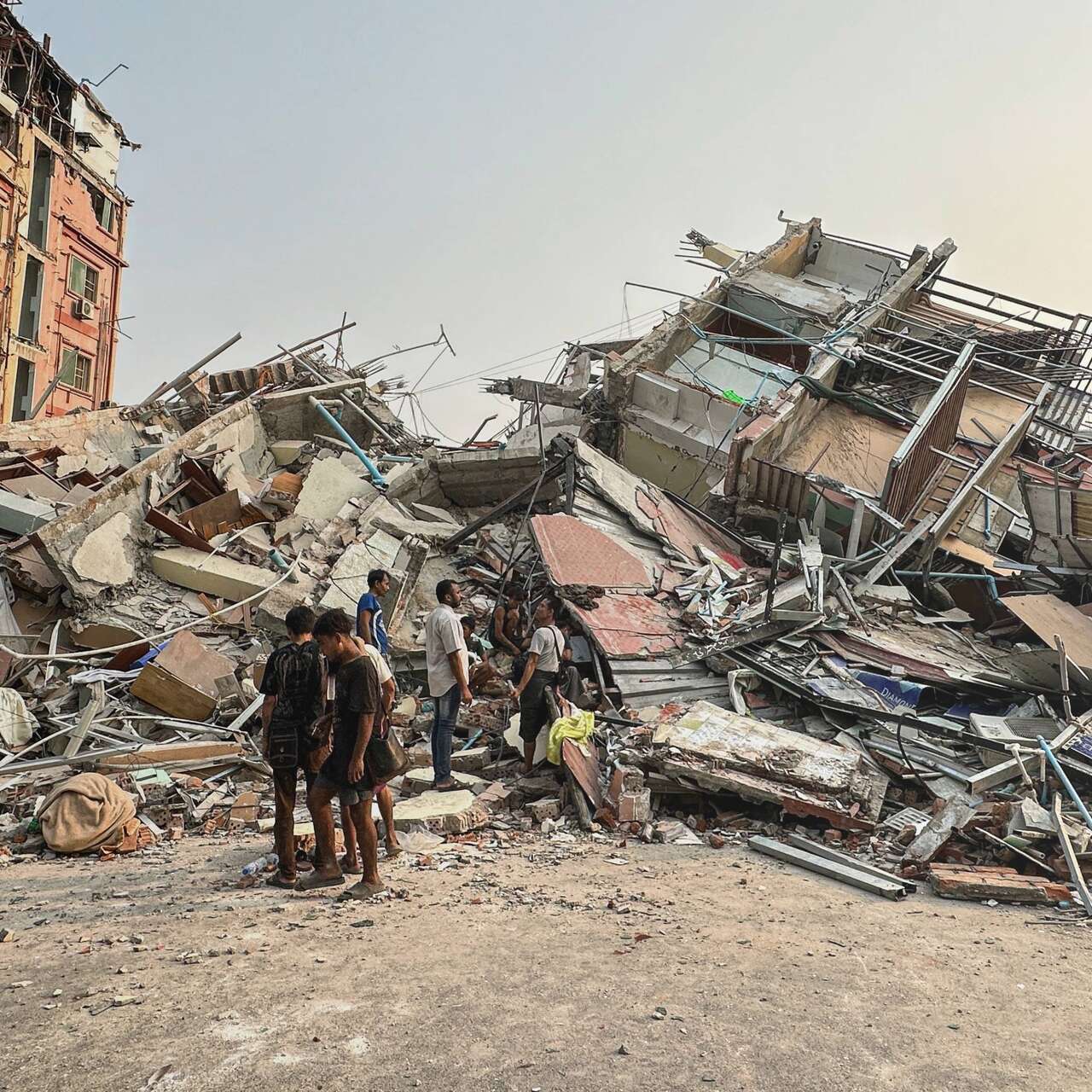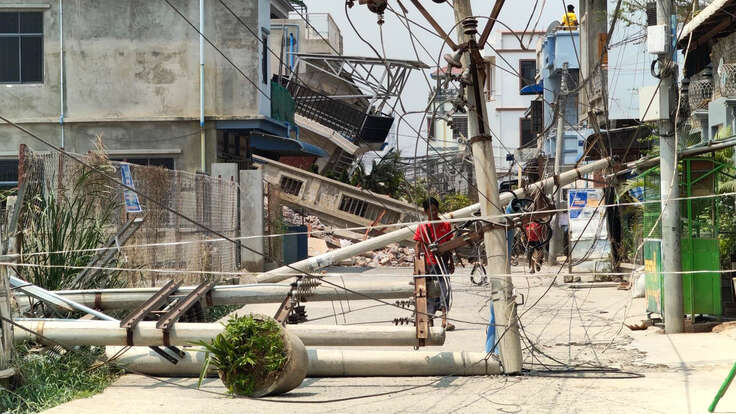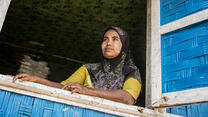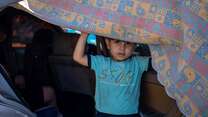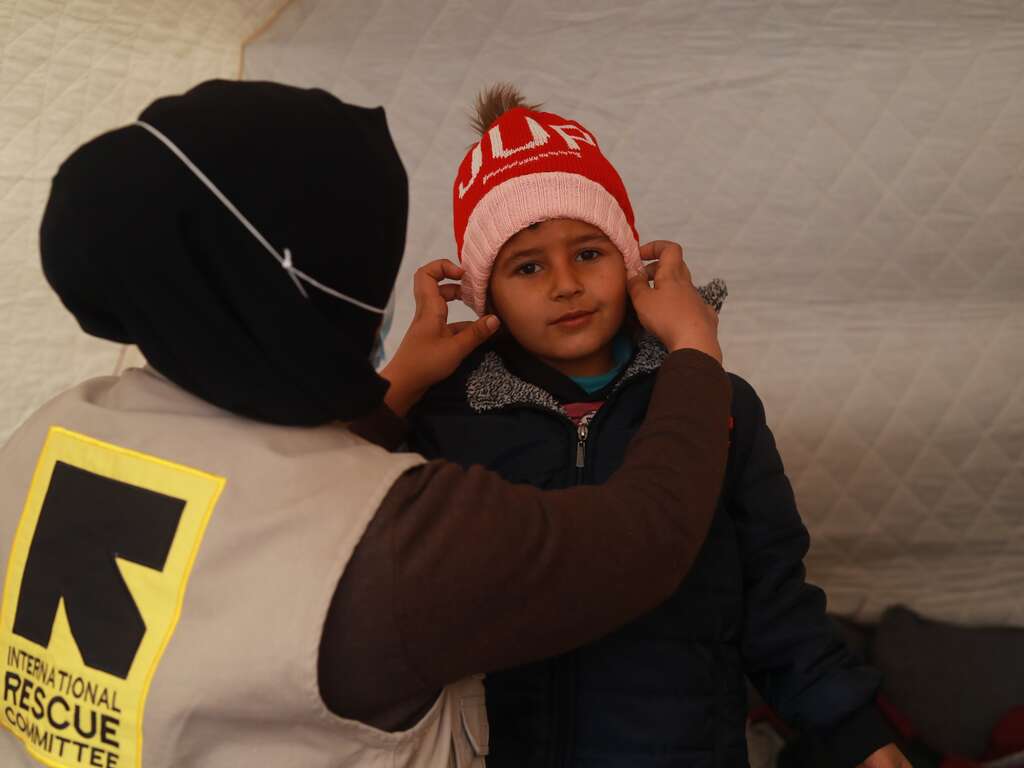Devastating 7.7 magnitude earthquake strikes Myanmar
- A powerful 7.7 magnitude earthquake struck Myanmar, causing a state of emergency in six regions, 80 deaths, and tremors in Thailand and Bangladesh.
- The disaster has escalated crises, causing power outages, road damage, and leaving many in urgent need of shelter, food, and medical aid.
- The IRC is assessing damage and preparing to respond, despite facing communication and transport disruptions.
- The disaster adds pressure to an already critical situation, with over 19 million in need due to conflict, displacement, and a weak health system.
Country facts
- Population: 54.6 million
- 19.9 million people in need of humanitarian aid
- Violent conflict contributing to 3.2 million internally displaced
IRC response
- IRC emergency response in Myanmar following Cyclone Nargis in 2008
- IRC has expanded its activities since then, serving people who have been affected by the escalating conflict since February 2021
Myanmar (Burma), located in Southeast Asia, has endured decades of conflict between government forces and nonstate armed groups that are primarily organized along ethnic lines. The IRC provides health care, water and sanitation services, and community support to help people rebuild their lives. We also work in Bangladesh, where hundreds of thousands of Rohingya refugees from Myanmar have fled.
A half-century of military control, extreme poverty and frequent natural disasters has left Myanmar in a state of crisis. The combined impacts of ongoing conflict and climate shocks have decimated public services and increased humanitarian needs across the country.
Myanmar hosts some of the most isolated and vulnerable populations in the world.
Learn more about the crisis in Myanmar and what you can do to help.
In October 2023, a conglomerate of nonstate armed groups launched a coordinated operation against Myanmar’s central government in Northern Shan State. The fighting quickly escalated and spread across the country. More than 2.7 million people across Myanmar are internally displaced. Violence has also curbed access to public services, leaving communities increasingly reliant on humanitarian aid agencies and community networks for the provision of social services, including health and education.
Poverty and inflation remain high in Myanmar, particularly as climate shocks impact the country’s agricultural sector. Cyclone Mocha in May 2023 further damaged crops, impacting the food production and livelihoods of at least 3.4 million people. Currently, some 15.2 million people are facing moderate to severe levels of food insecurity.
The upcoming El Niño effect could drive erratic rainfall and higher temperatures, exacerbating needs in Myanmar.
Our mission is to help people whose lives and livelihoods are shattered by conflict and disaster to recover and gain control of their futures.
The IRC began work in Myanmar in 2008, providing humanitarian relief in response to Cyclone Nargis. Since then, the IRC has become a valued partner of both government and local aid organizations. We provide health care, water and sanitation services, career training, and support for community development projects.
As the country struggles to recover from ongoing conflict and natural disasters, we are focusing on some of the most remote areas of the country, including Rakhine, Chin and Shan states. The IRC:
- trains community health workers and supports mobile clinics to improve access to health care;
- partners with local communities to increase access to clean drinking water, improve sanitation facilities and prevent the outbreak of disease;
- promotes economic recovery by teaching farmers modern agricultural techniques and technology;
- empowers communities to identify their own development needs and design their own recovery projects, such as new schools and health centers;
- operates women and girls’ centers that provide skills training and support to survivors of violence;
- aids nearly 140,000 refugees from Myanmar in nine camps along the Thailand border.
The IRC’s work in Myanmar is more crucial than ever as people struggle to rebuild their lives in the wake of natural disasters and protracted conflict.
We pledge to put the needs of the most vulnerable—women, children and the elderly—at the forefront of our efforts, and to achieve measurable improvements in decision-making power, safety and health.
Myanmar also features on the IRC’s 2024 Emergency Watchlist, which analyzes the countries most likely to experience a risk in humanitarian conditions. Learn more about the risks that the people of Myanmar face and donate to support the IRC’s response.
